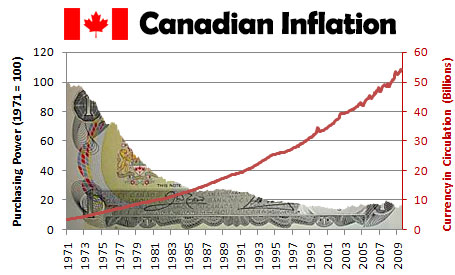Yeah, baby boomers. They are fucking idiot that think they know it all but in reality they fucked everything up.
They are successful because of the work their parents put in. They spent their life partying, exploring, enjoying life, then rolled out of bed one day, put on a suit and found their career job that same day.
Even to this day, you'd think they would be thankful to have lived a great life and welcome death. No, they still want us to keep them alive, entertain them, carry them up the stairs and keep kicking out a pension to their bank accounts. Hell, they don't even help take care of grandchildren anymore, you still have to pay for Daycare.
They have always been out of touch. It's not a new thing for them.
The older boomer men had it much better than the men born at the end of the baby boom. Granted, they did have the higher interest rates on their mortgages in he 1970s and early eighties which we hear about all the time. The men born at the end of the baby boom got hammered to death in the job market of the 1980s and 1990s. Although men with university degrees were better off, they also suffered a decline that was not fully recovered when they got older. In addition to the collapse in wages, the younger men are far less likely to have good pensions.
All the info can be found at Statscan. Very difficult to talk to older men or women about this as their experience was often very different. The percentage of male employees in unionized jobs dropped from 42% in 1981 to 26% in 2018. In contrast, the unionization rate of women was 31% both in 1981 and in 2018. Could you imagine this happening to any other group? The Toronto Star would be screaming abuse!
Please see below from Statscan and wage chart and commentary from a different Statscan thread beneath that:
4 The evolution of wage differences by age
In addition to the narrowing of the male-female hourly wage gap, other changes in Canadian wages occurred in the 1980s and 1990s. One of these was the increasing dispersion of male wages, particularly across age groups, as the wages of young men fell relative to those of older men (Morissette 1998; Picot 1998).
Beaudry and Green (2000) examined this phenomenon from a cohort perspective and concluded that, from 1978 to the mid-1990s, earnings fell for each successive cohort of young men entering the labour market. This pattern was observed among both young men with lower education levels and their more highly-educated counterparts. Furthermore, as young men entering the labour market in the 1980s and early 1990s aged and acquired more experience, there was little evidence of earnings "catch-up." In other words, the evidence was consistent with a downward shift in the age-earnings profile of young men, with no steepening of the age–earnings profile. No satisfactory explanation for these facts has been presented so far.
17
Quite different patterns were observed among women. Beaudry and Green (2000) found little evidence of a downward shift in the age-earnings profile of young women over the period considered. Using a time series of cross-sectional data, Picot (1998) showed that age-related earnings differences increased among women during the 1980s and early 1990s, but did so to a much lesser extent than among men. Furthermore, the growing age-earnings differences found among men resulted from a decline in the earnings of young men combined with an increase in the earnings of older men. In contrast, age-earnings differences among women resulted from faster earnings growth among older than younger women, although both groups experienced increases.
Following a period of decline, wages of young workers recovered in the 2000s. Median real wages of men aged 25 to 34 declined by about 10% between 1981 and the late 1990s, remained fairly constant until 2005, and increased afterwards, returning to their 1981 level by 2010 (Chart
5). Among men aged 17 to 24, the decline in median wages between 1981 and the late 1990s was larger, at over 20%, and the recovery by the end of the period was only partial. Meanwhile, wages of men aged 45 to 54 rose by about 10% in the early 1980s and have been fairly stable since then.
18 As a result, the difference in median real wages between men aged 25 to 34 and men aged 45 to 54 widened from 2% in 1981 to 23% in 1998, and then narrowed to 17% in 2011 (Table
5).
19 The corresponding numbers based on averages are 5%, 24%, and 18%.
2 Background
To provide some context, Chart 1 shows the evolution of the median real annual wages and salaries of men aged 25 to 34 and those aged 35 to 44 over the 1965-to-2015 period.
Note7 After experiencing robust wage growth from the mid-1960s to the late 1970s, both groups of men saw their median wages fall from the early 1980s to the mid-1990s. The net result was that by 2015, median wages of men aged 25 to 34 were substantially lower than those of their counterparts of the same age in 1977. In contrast, the growth in earnings that men aged 35 to 44 experienced from the mid-1990s onwards brought back their earnings in 2015 to levels similar to the peaks observed in the late 1970s.
Because of changes in their occupational profile and movements towards full-time employment, women aged 25 to 34 and those aged 35 to 44 did not experience the same wage patterns. The median wages of women aged 35 to 44 grew steadily (Chart 2). By 2015, they earned more than twice as much as their counterparts did in the mid-1960s. Median wages of women aged 25 to 34 grew rapidly from the mid-1960s to the late 1970s but stagnated up until the late 1990s. They started rising again after 1997.
Data table for Chart 1








